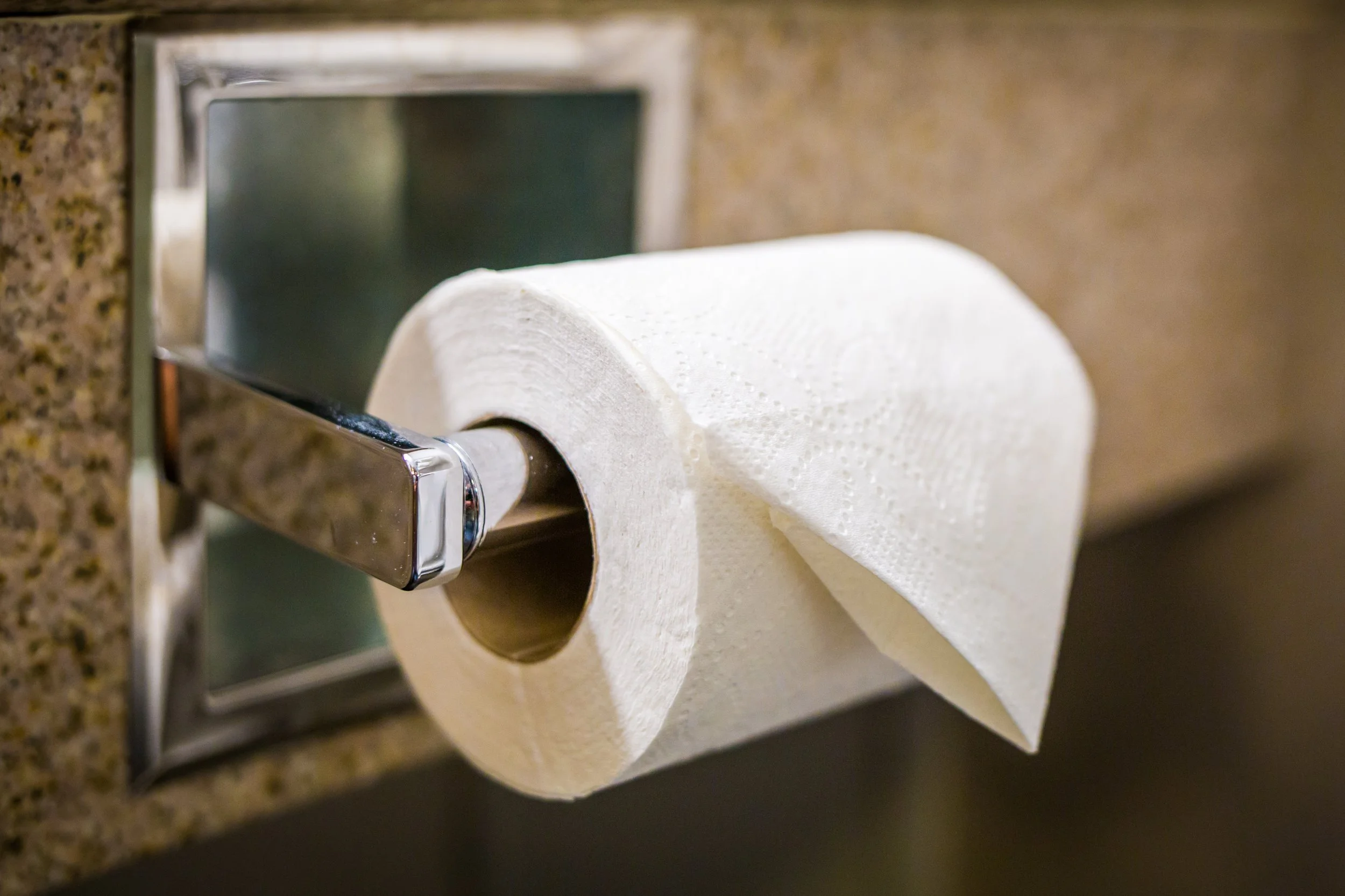In medicine, an abscess is any pocket of pus caused by an infection in the skin. However, abscesses don’t just form on the external skin; there are skin cells that cover the inside of our bodies, too. Even the anal opening’s outer layer is made of skin cells. Unfortunately, that means that this part of the body is susceptible to the development of abscesses. When abscesses occur in this area of the body, they are called anorectal abscesses.
What Causes Anorectal Abscesses?
The anal glands are in close proximity to a major source of E. coli一 making them highly susceptible to infection by both this and other bacteria commonly found on the skin, like staphylococcus. When the glands become infected, they can swell and close off, building up pus as your body attempts to fight off the infection.
Anorectal abscesses must be addressed as soon as possible because they can lead to systemic infections that can become serious very quickly. Furthermore, even abscesses that heal properly can lead to an anal fistula; treatment for an anal fistula generally demands more elaborate treatment methods.
Is it an Abscess or Hemorrhoids?
Patients will initially present with anal pain, either when sitting or having a bowel movement. Without examination, it’s likely that your doctor will assume that you have hemorrhoids. If you start to experience fever, chills, or drainage from around your anus that is not blood, you should let your doctor know immediately.
The Four Most Common Anorectal Abscesses
Perianal Abscesses
These different types of anorectal abscesses are named based on where they form. Perianal (the area around the anus) abscesses, then, form directly around the anal opening. These abscesses are often easily visible upon examination by a colorectal specialist.
Ischiorectal Abscesses
Ischiorectal refers to the space surrounding the rectum, but inside the body. Abscesses in this area will not be visible on the surface but will be painful to the touch as pressure causes the abscess underneath the skin’s surface to compress. Ischiorectal abscesses are less likely to drain externally.
Intersphincteric Abscesses
As the name implies, intersphincteric abscesses lie between the two walls of the inner and outer anal sphincters. These abscesses can be extremely painful and may drain into either the rectum or outside the anus. A painful lump can usually be felt just inside the anus.
Supralevator Abscesses
A supralevator abscess forms above the levator muscle that sits just above the anal canal. This type of abscess is the rarest form, and it’s also more difficult to diagnose. Unfortunately, supralevator abscesses go undiagnosed and untreated long enough for the infection to drain lower and more externally. At this point, it may be difficult to tell the difference between an ischiorectal abscess and a supralevator abscess that has expanded towards the anal opening.
Anorectal Abscess Treatment
Regardless of where the abscess is, treatment is similar一 patients are usually required to receive surgery and take antibiotics to eliminate the infection. While abscesses have been known to dissipate on their own, natural healing will leave small tunnels in the skin called anal fistulae. These tunnels can, again, become infected and inflamed, causing a vicious cycle that is difficult to break.
If you think you might be suffering from one or more anorectal abscesses, get in touch with one of our colorectal specialists today一 don’t wait until you’re feeling sick or the abscess recurs!

